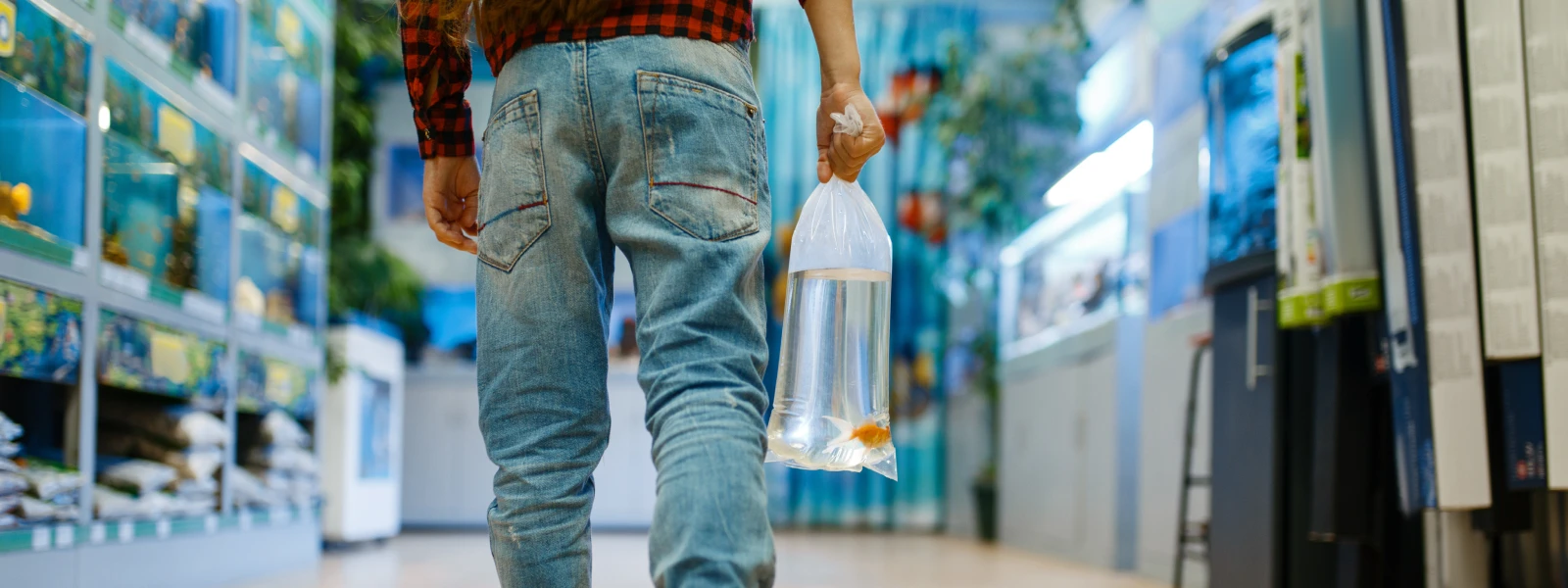How Released Pets and Plants Harm Ecosystems
1.
Overpopulation and Habitat Destruction
Goldfish, red-eared sliders, and even small mammals like rabbits can overrun local ecosystems, outcompeting native species and altering habitats.
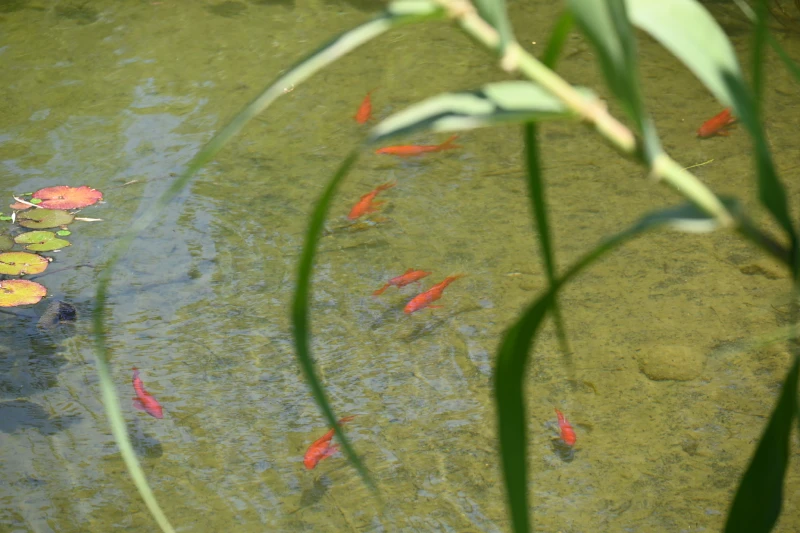
© ilan rahav via iNaturalist.org, used under CC BY-NC
2.
Spread of Disease
Released pets can introduce diseases that native species are not equipped to handle, devastating local populations.
3.
Irreversible Ecological Damage
Invasive plants like parrot feather, often sold for aquariums, spread rapidly and choke out native aquatic plants, disrupting food chains and water flow.
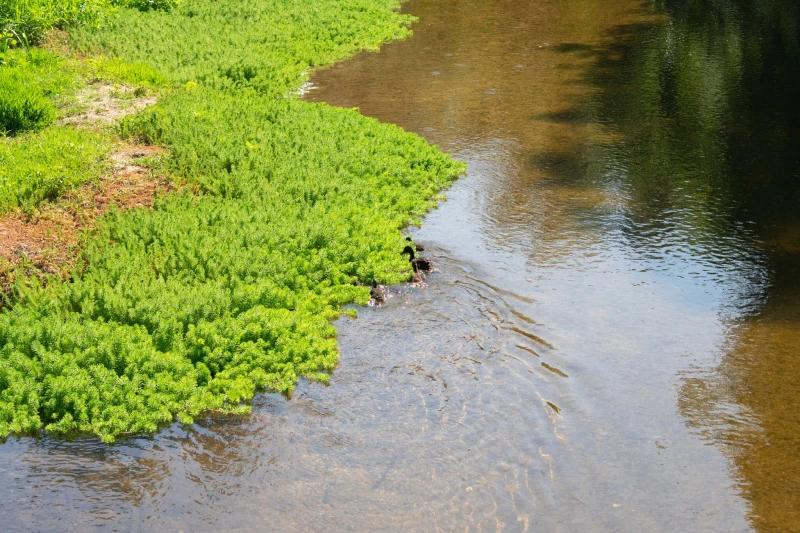
© João Lima via iNaturalist.org, used under CC BY-NC
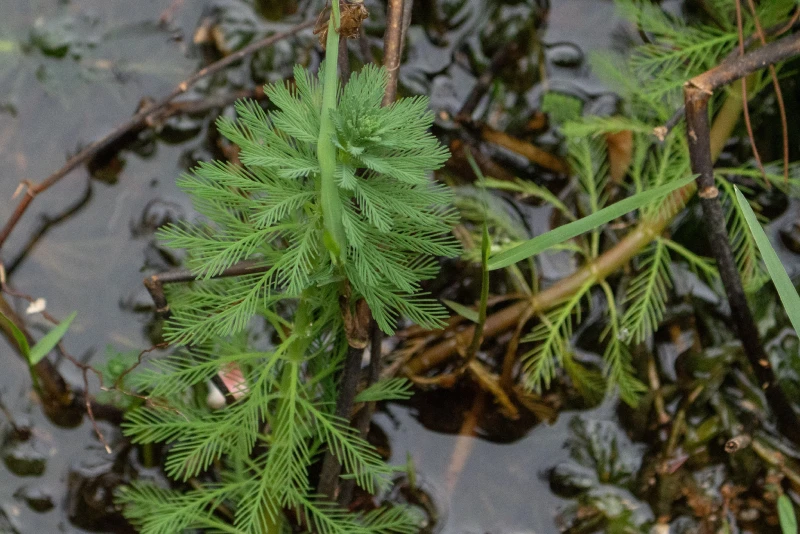
© Hiroki Shudo via iNaturalist.org, used under CC BY NC4
Research Before You Buy
Choose pets and plants that are appropriate for your home and climate. Avoid species that could become invasive if released.
Never Release Pets Into the Wild
Releasing pets into the wild is not a humane or eco-friendly solution. If you can no longer care for your pet, contact a local animal shelter or pet store for rehoming options.
Dispose of Plants and Aquarium Contents Properly
Never dump aquarium plants or water into lakes, rivers, or drains. Use municipal waste disposal services to discard unwanted plants and tank water.
Learn About Invasive Species
Explore the Don’t Let It Loose program to understand how your choices can make a difference.
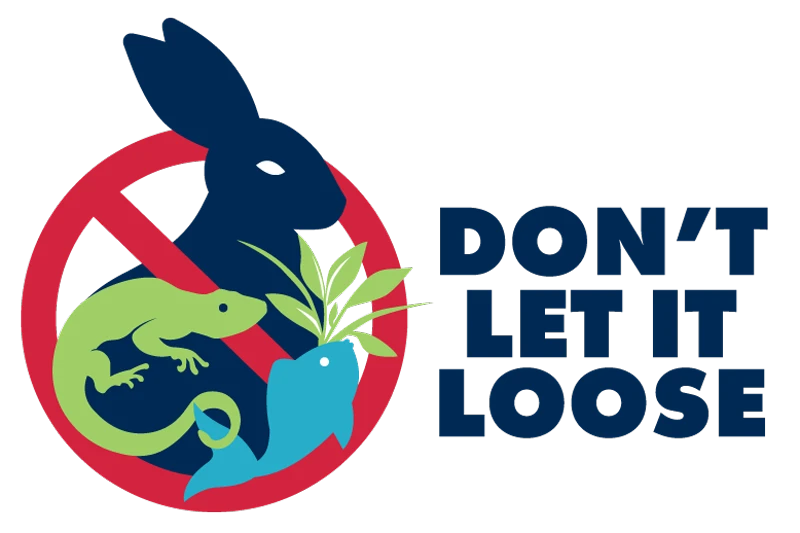
Take Action Today
As a responsible pet owner, you can help protect Canada’s ecosystems. Never release pets or plants into the wild, and always make informed decisions when choosing a new addition to your home.
